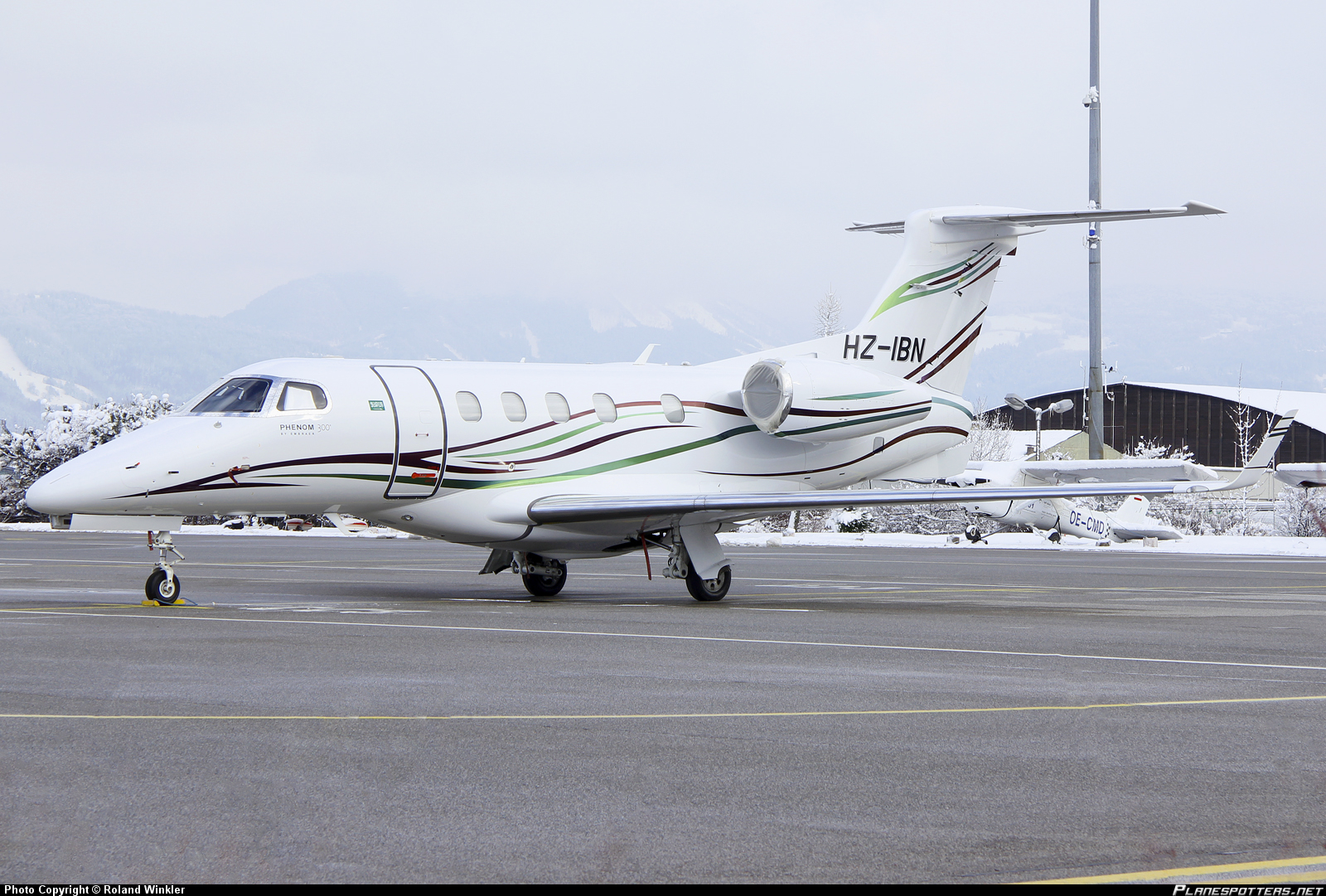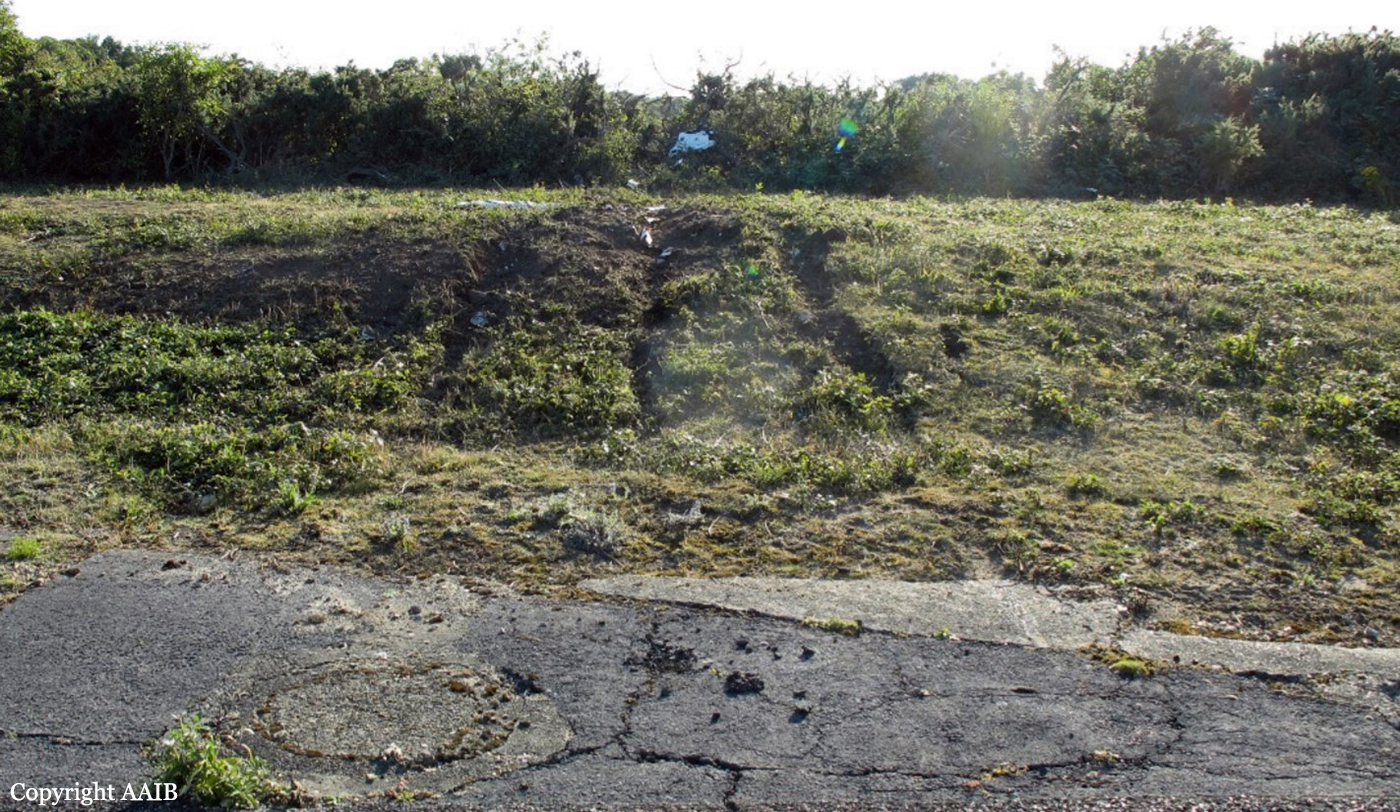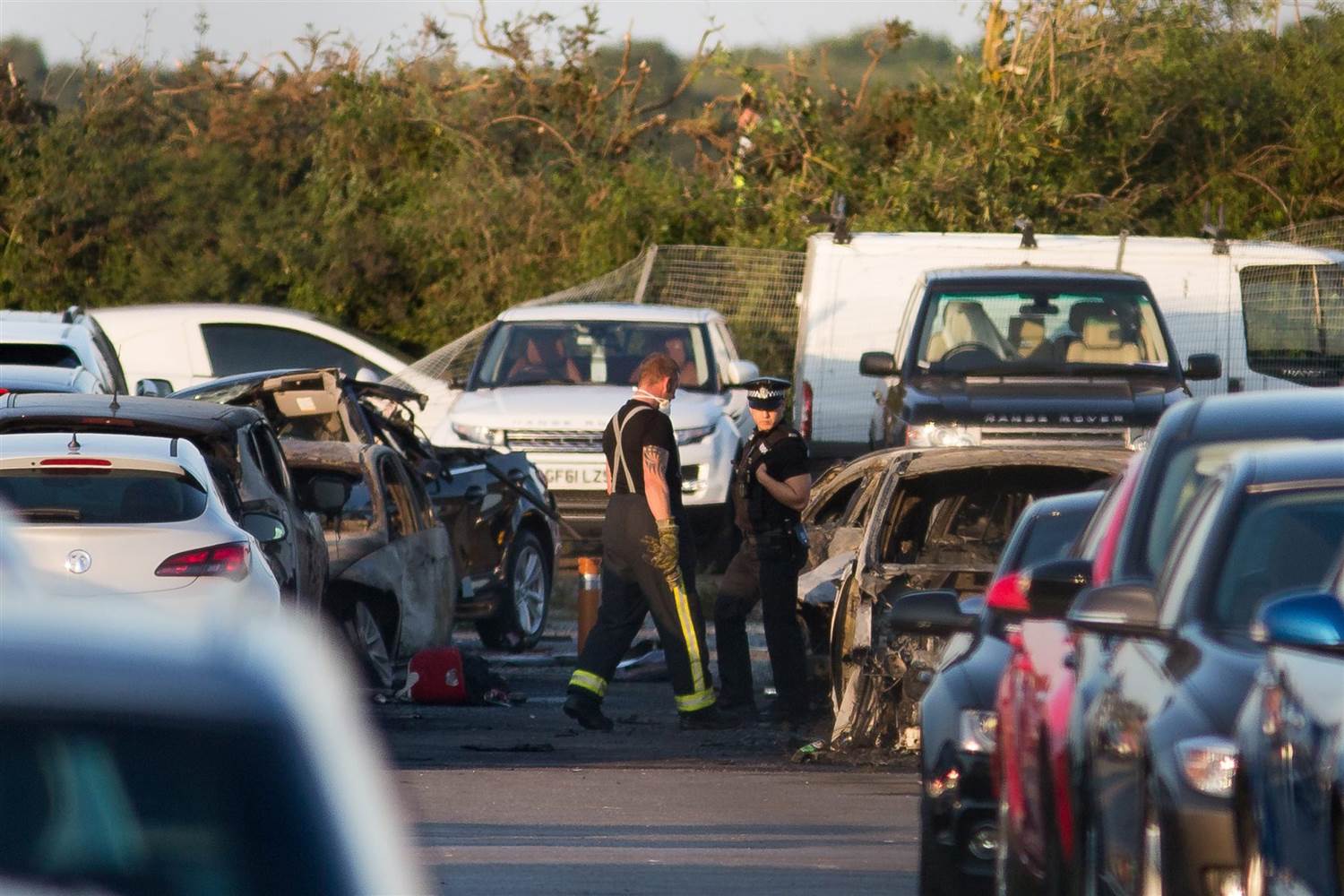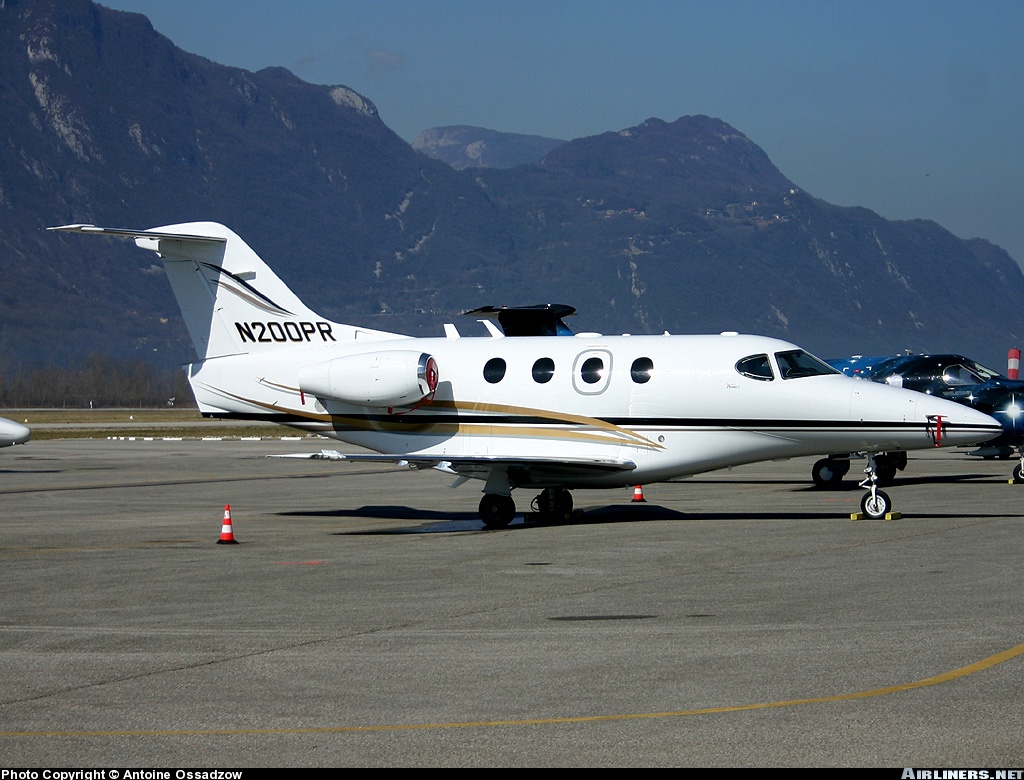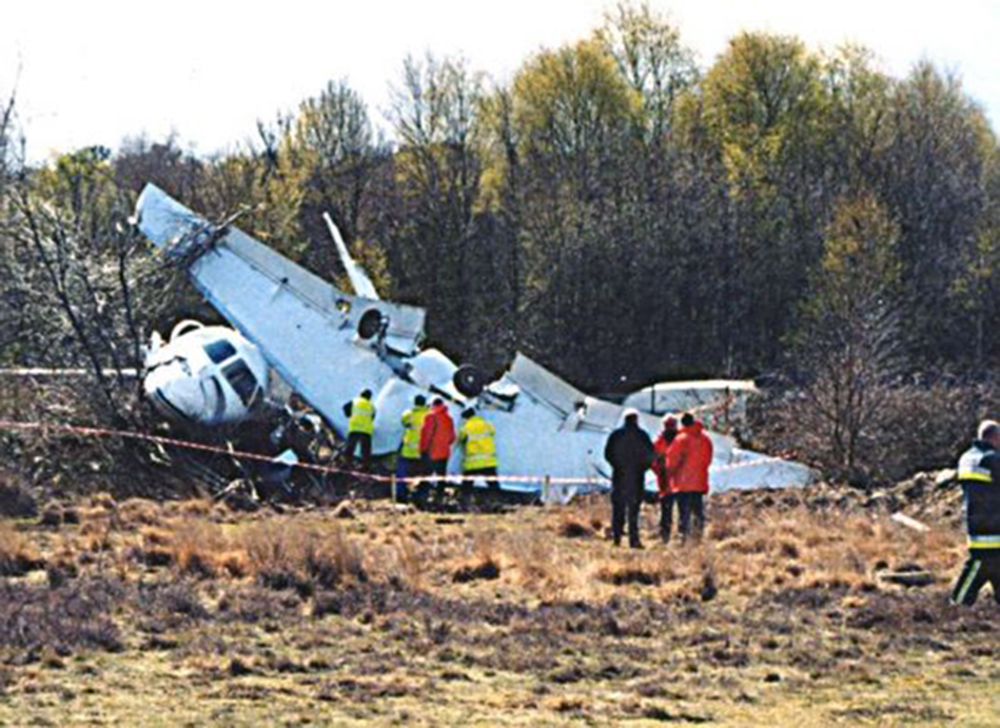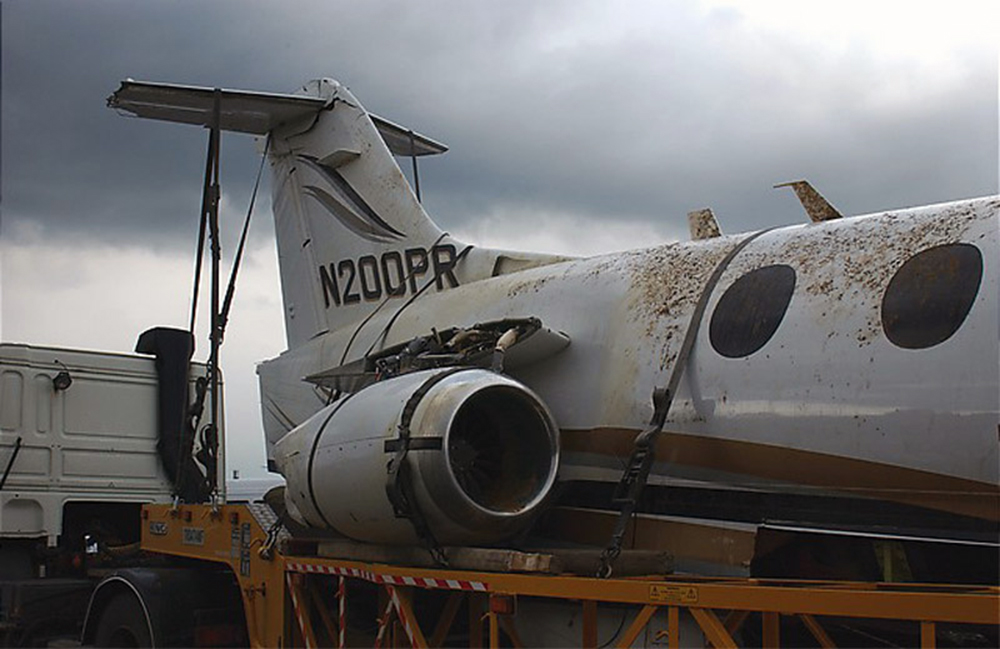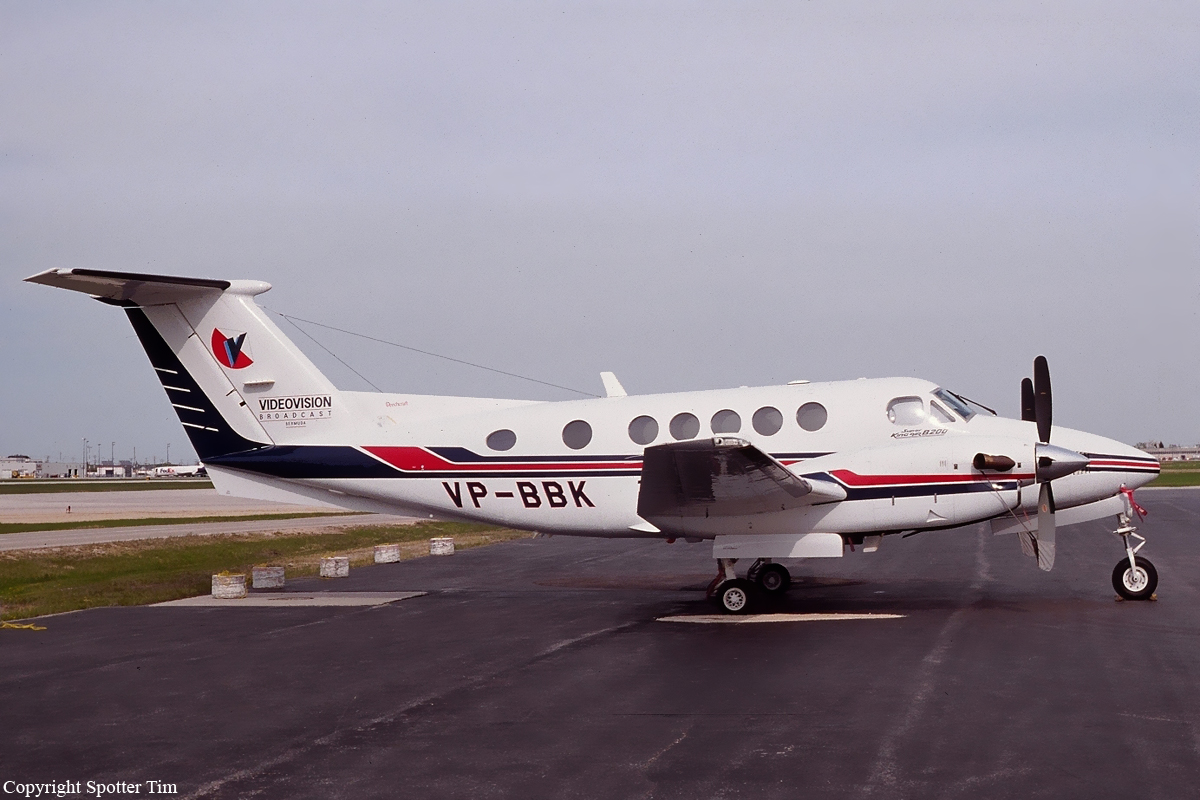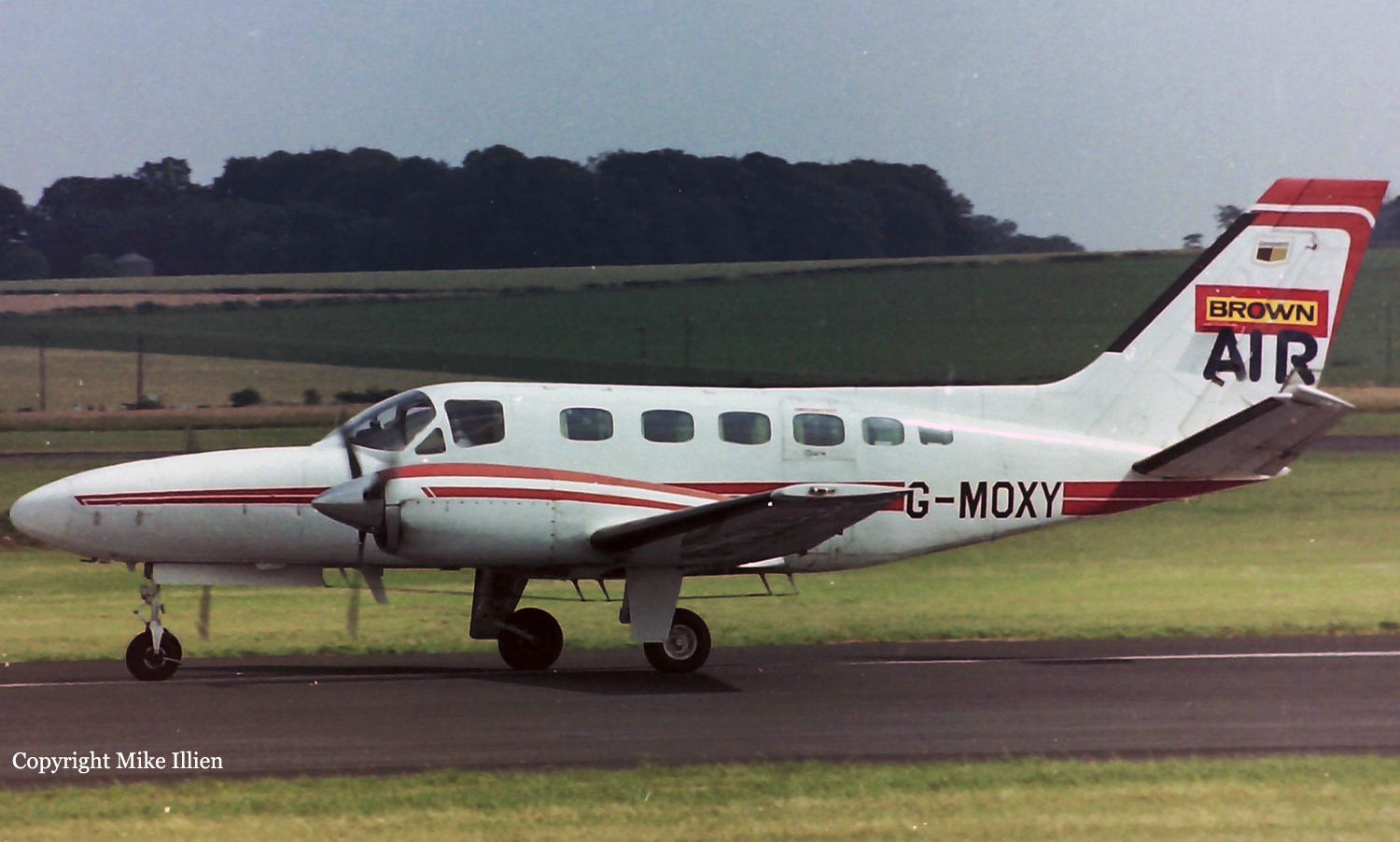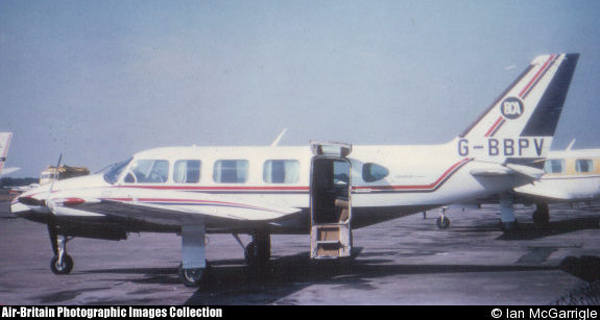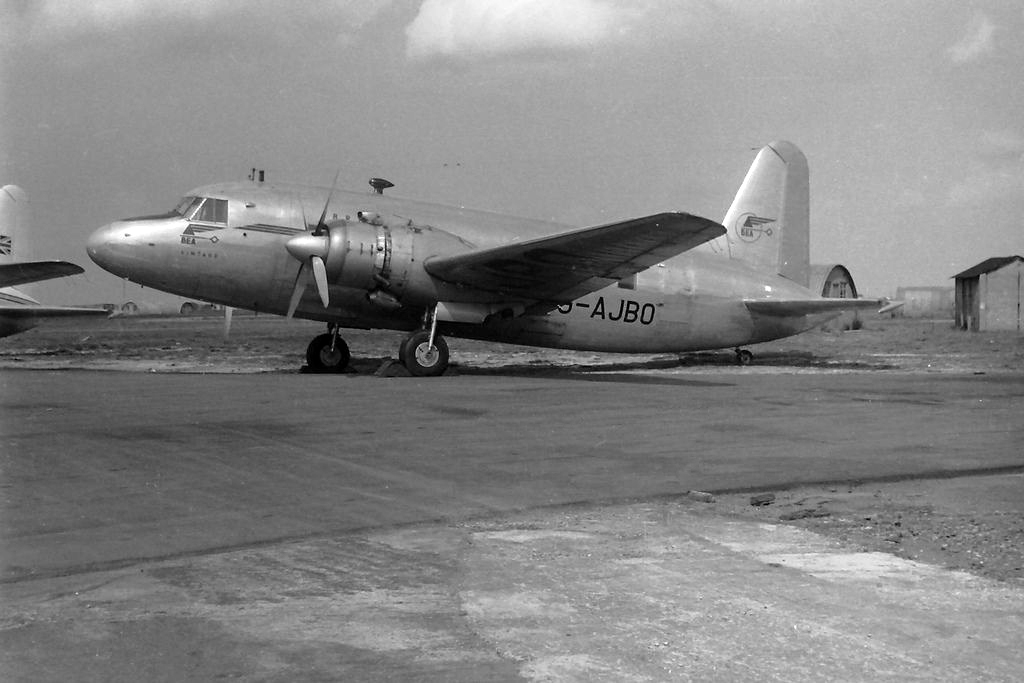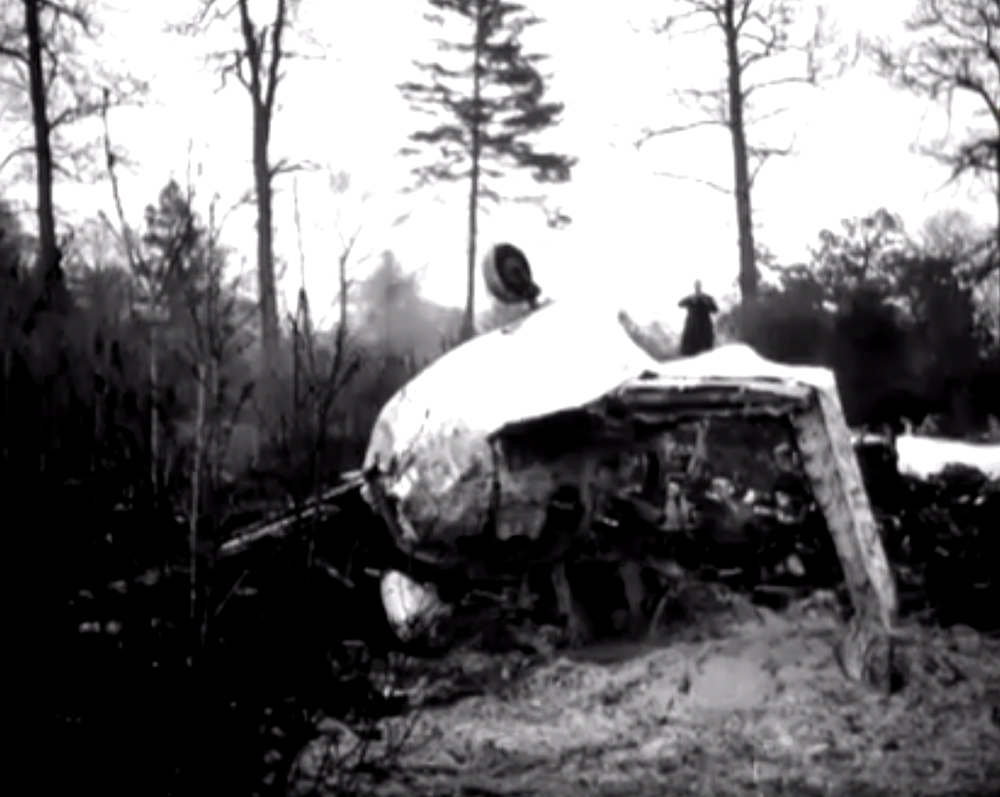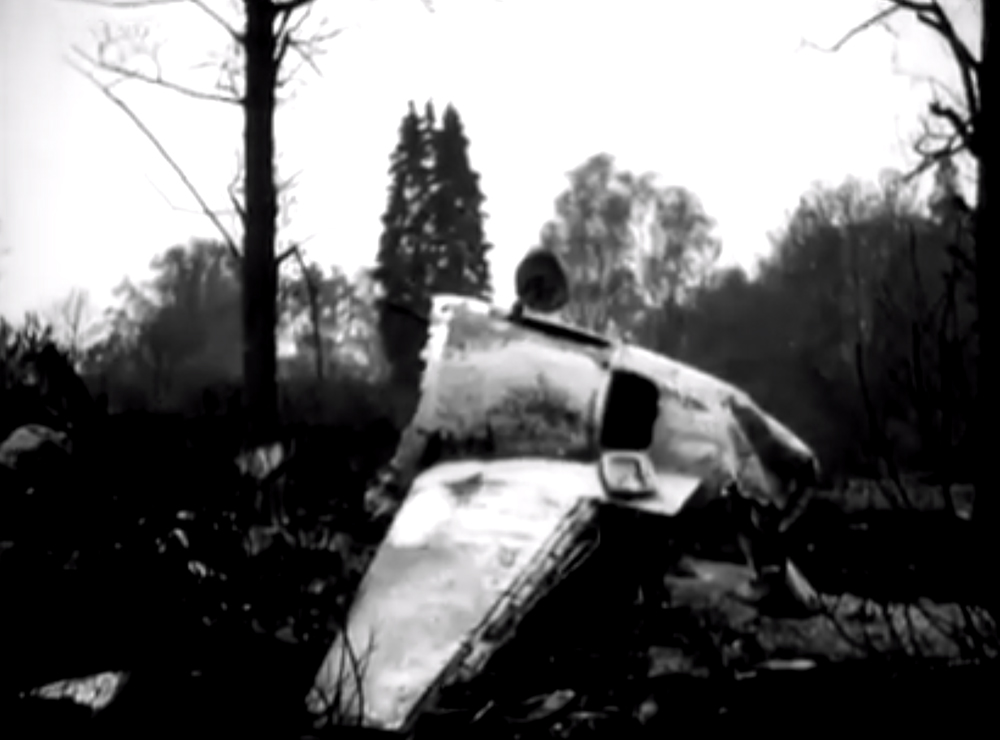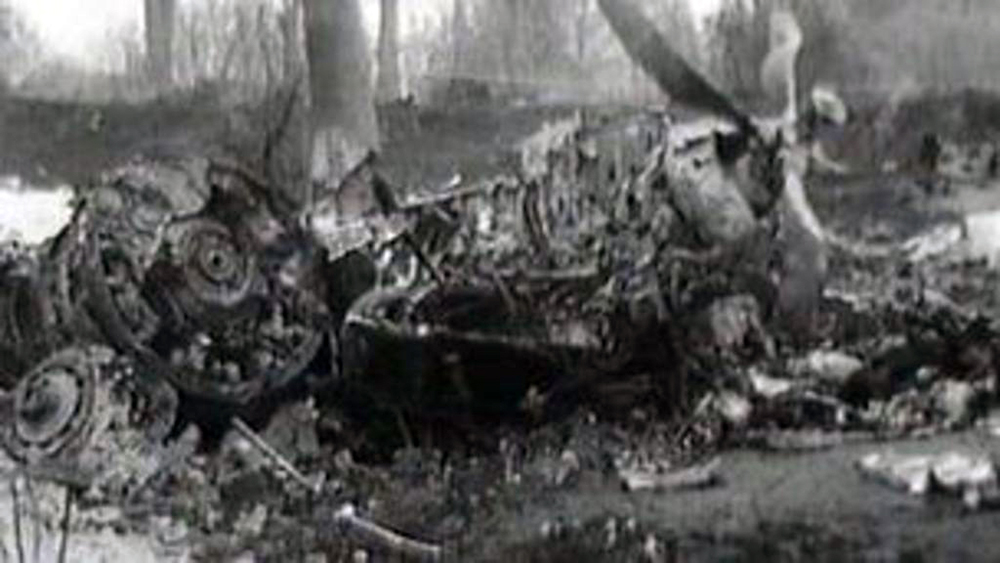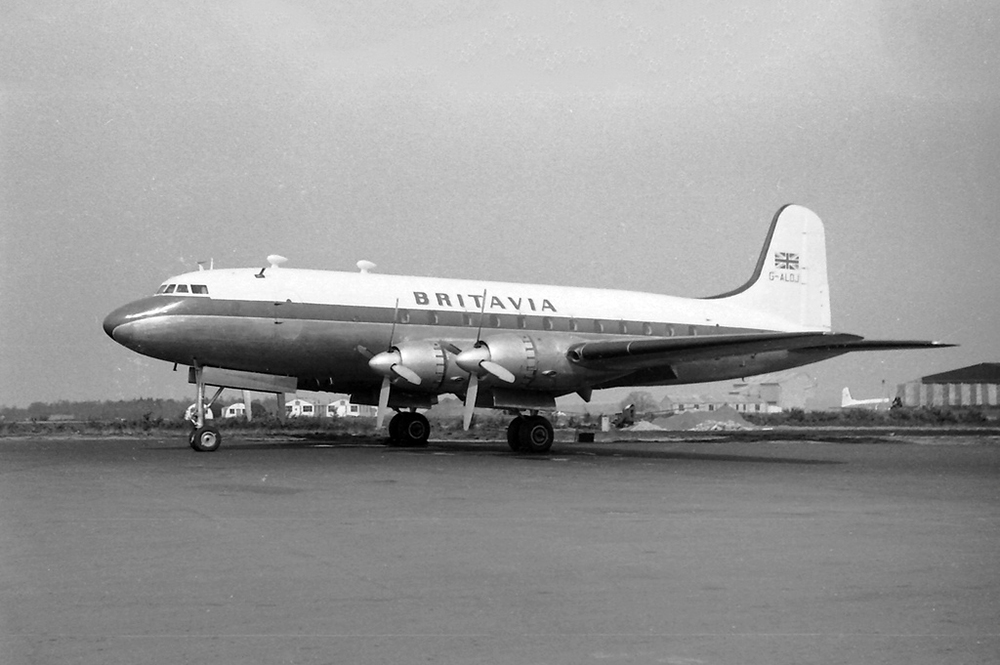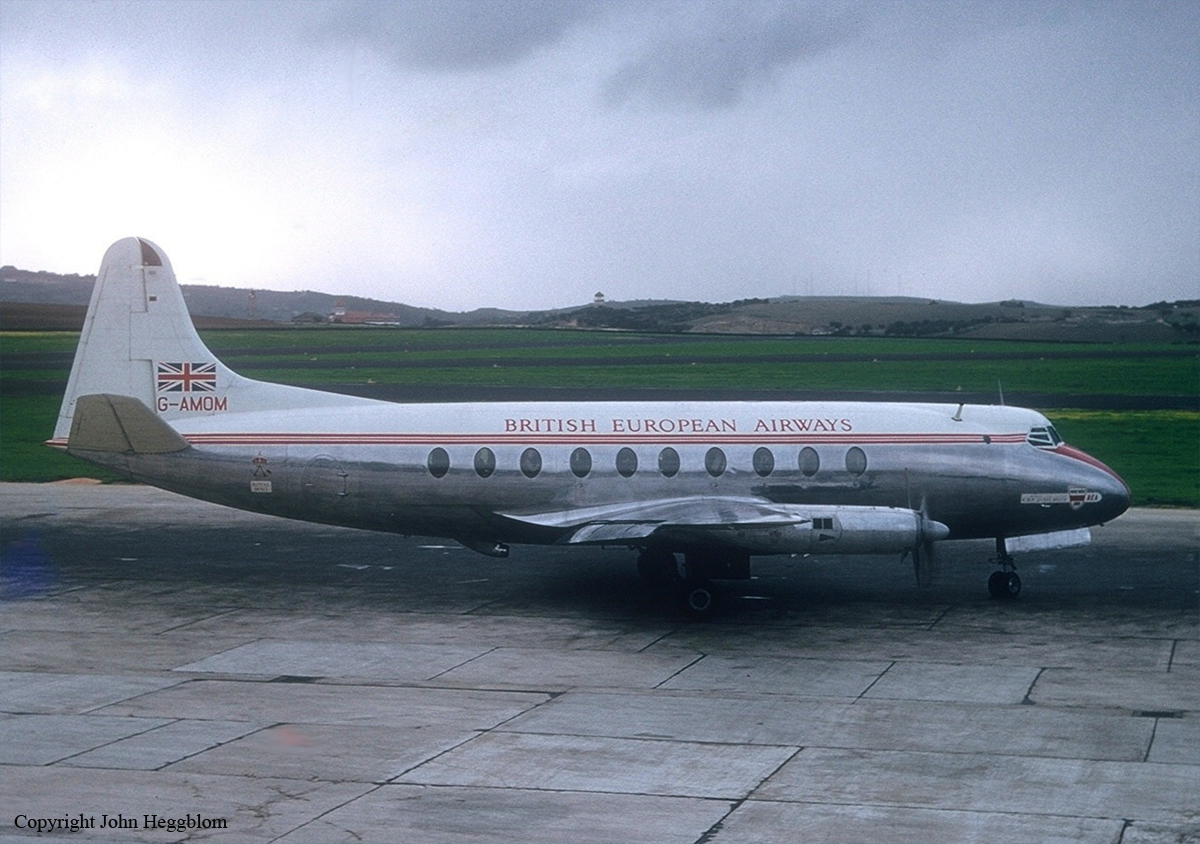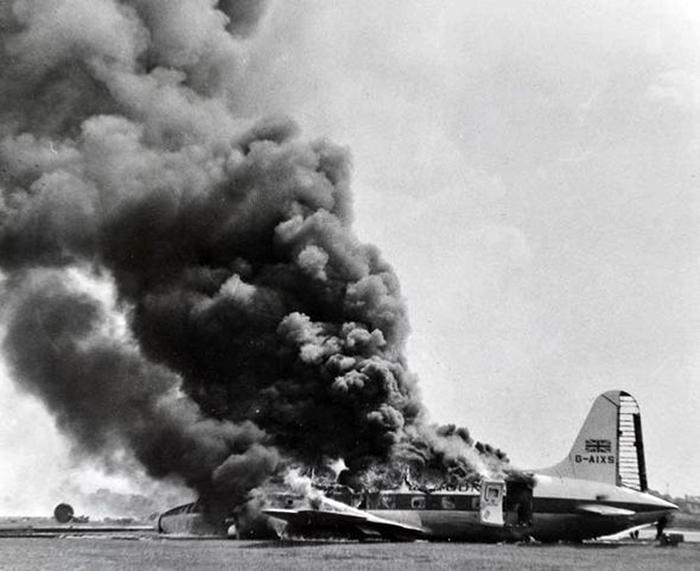Crash of an Embraer EMB-505 Phenom 300 in Blackbushe: 4 killed
Date & Time:
Jul 31, 2015 at 1508 LT
Registration:
HZ-IBN
Survivors:
No
Schedule:
Milan - Blackbushe
MSN:
505-00040
YOM:
2010
Crew on board:
1
Crew fatalities:
Pax on board:
3
Pax fatalities:
Other fatalities:
Total fatalities:
4
Captain / Total hours on type:
1180.00
Aircraft flight hours:
2409
Aircraft flight cycles:
1377
Circumstances:
The aircraft had positioned to Milan earlier in the day, flown by the same pilot, and was returning to Blackbushe with the pilot and three passengers on board. After descending through the London Terminal Manoeuvring Area (TMA) it was handed over from London Control to Farnborough Approach. Its descent continued towards Blackbushe and, having reported that he had the airfield in sight, the pilot was instructed to descend at his own discretion. When the aircraft was approximately four miles south of its destination, he was instructed to contact Blackbushe Information. The weather at Blackbushe was fine with light and variable winds, visibility in excess of ten kilometres, and no low cloud. HZ-IBN entered the left-hand circuit for Runway 25 via the crosswind leg. Towards the end of the downwind leg, it overtook an Ikarus C42 microlight aircraft, climbing to pass ahead of and above that aircraft. As the climb began, at approximately 1,000 ft aal, the TCAS of HZ-IBN generated a ‘descend’ RA alert to resolve a conflict with the microlight. The TCAS RA changed to ‘maintain vertical speed’ and then ‘adjust vertical speed’, possibly to resolve a second conflict with a light aircraft which was above HZ-IBN and to the east of the aerodrome. Neither the microlight nor the light aircraft was equipped with TCAS. Following this climb, HZ-IBN then flew a curving base leg, descending at up to 3,000 feet per minute towards the threshold of Runway 25. The aircraft’s TCAS annunciated ‘clear of conflict’ when HZ-IBN was 1.1 nm from the runway threshold, at 1,200 ft aal, and at a speed of 146 KIAS, with the landing gear down and flap 3 selected. The aircraft continued its approach at approximately 150 KIAS. Between 1,200 and 500 ft aal the rate of descent averaged approximately 3,000 fpm, and at 500 ft aal the descent rate was 2,500 fpm. The aircraft’s TAWS generated six ‘pull up’ warnings on final approach. The aircraft crossed the Runway 25 threshold at approximately 50 ft aal at 151 KIAS. The aircraft manufacturer calculated that the appropriate target threshold speed for the aircraft’s mass and configuration was 108 KIAS. The AFISO initiated a full emergency as the aircraft touched down, because “it was clear at this time that the aircraft was not going to stop”. Tyre marks made by the aircraft at touchdown indicated that it landed 710 m beyond the Runway 25 threshold. The Runway 25 declared Landing Distance Available (LDA) was 1,059 m; therefore the aircraft touched down 349 m before the end of the declared LDA. The paved runway surface extended 89 m beyond the end of the LDA. The aircraft continued along the runway, decelerating, but departed the end of the paved surface at a groundspeed of 83 kt (84 KIAS airspeed) and struck an earth bank, which caused the aircraft to become airborne again. It then struck cars in a car park, part of a large commercial site adjacent to the aerodrome. The wing separated from the fuselage, and the fuselage rolled left through 350° before coming to rest on top of the detached wing, on a heading of 064°(M), 30° right side down and in an approximately level pitch attitude. A fire broke out in the underside of the aft fuselage and burned with increasing intensity. The aerodrome’s RFFS responded to the crash alarm but their path to the accident site was blocked by a locked gate between the aerodrome and commercial site. The first two RFFS vehicles arrived at the gate 1 minute and 34 seconds after the aircraft left the runway end. The third RFFS vehicle, which carried a key for the gate, arrived approximately one minute later, and the three RFFS vehicles proceeded through the gate 2 minutes and 46 seconds after the aircraft left the runway. As the aircraft was located in an area of the car park surrounded by a 2.4 m tall wire mesh fence, the RFFS vehicles had to drive approximately 400 m to gain access to the accident site. Despite applying all their available media, the RFFS was unable to bring the fire under control. The intensity of the fire meant that it was not possible to approach the aircraft to save life. All four occupants of the aircraft survived the impact and subsequently died from the effects of fire. Subsequently, local authority fire appliances arrived and the fire was extinguished.
Probable cause:
The pilot was appropriately licensed and experienced, and had operated into Blackbushe Aerodrome on 15 previous occasions. He was reported to be physically and mentally well. The aircraft was certified for single-pilot operations and the pilot was qualified to conduct them. The engineering investigation of the accident aircraft did not find evidence of any pre‑existing technical defect that caused or contributed to the accident. The meteorological conditions were suitable for the approach and landing and, at the actual landing weight and appropriate speed, a successful landing at Blackbushe was possible. HZ-IBN joined the circuit at a speed and height which would have been consistent with the pilot’s stated plan to extend downwind in order that the microlight could land first. The subsequent positioning of HZ-IBN and the microlight involved HZ-IBN manoeuvring across the microlight’s path, in the course of which the first of several TCAS warnings was generated. After manoeuvring to cross the microlight’s path, HZ-IBN arrived on the final approach significantly above the normal profile but appropriately configured for landing. In the ensuing steep descent, the pilot selected the speed brakes out but they remained stowed because they are inhibited when the flaps are deployed. The aircraft’s speed increased and it crossed the threshold at the appropriate height, but 43 KIAS above the applicable target threshold speed. The excessive speed contributed to a touchdown 710 m beyond the threshold, with only 438 m of paved surface remaining. From touchdown, at 134 KIAS, it was no longer possible for the aircraft to stop within the remaining runway length. The brakes were applied almost immediately after touchdown and the aircraft’s subsequent deceleration slightly exceeded the value used in the aircraft manufacturer’s landing performance model. The aircraft departed the paved surface at the end of Runway 25 at a groundspeed of 83 kt. The aircraft collided with an earth bank and cars in a car park beyond it, causing the wing to separate and a fire to start. Although the aircraft occupants survived these impacts, they died from the effects of fire. Towards the end of the flight, a number of factors came together to create a very high workload situation for the pilot, to the extent that his mental capacity could have become saturated. His ability to take on new and critical information, and adapt his situational awareness, would have been impeded. In conjunction with audio overload and the mental stressors this can invoke, this may have lead him to become fixated on continuing the approach towards a short runway.
Final Report:
